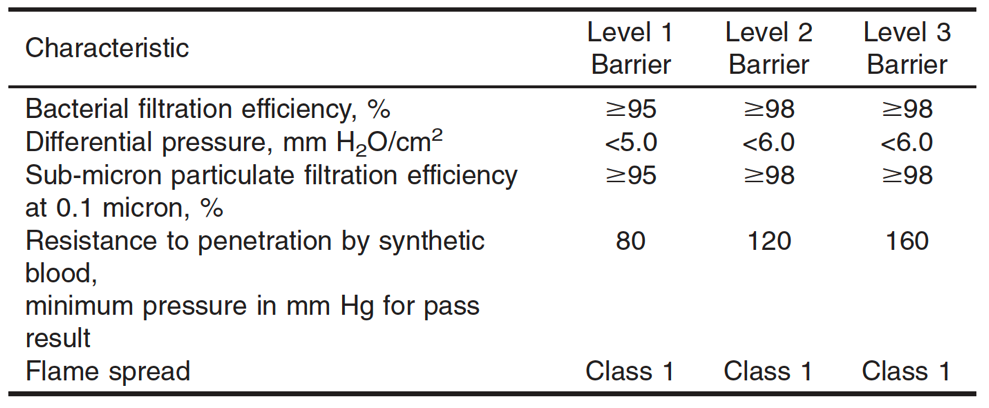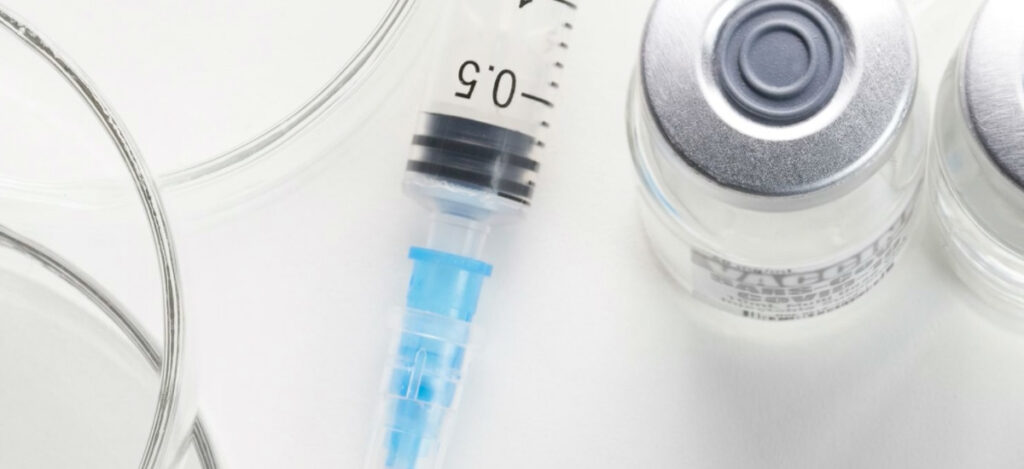How To Choose The Best Sterile Fill Method For Your Parenteral Product
Why is sterile filling method selection important for your parenteral product?
During product container filling, strict criteria must be met to prevent contamination. These criteria are particularly essential if the product has been sterilized by filtration or produced through aseptic processing and will not be terminally sterilized in the final container. Product sterility during filling depends not only on the design of the filling equipment itself but also on environmental monitoring, filter validation, and trial media fill runs. During filling, the sterile product is transferred from a bulk container into single-use or multi-dose containers. The filling process exposes the sterile product to the filling environment, equipment, and any operators in the space from the point of product filling to container sealing. Thus, quick fill times with minimum environmental exposure and HEPA filtered laminar airflow environments are preferred for filling sterile products. Filled products are either liquids, suspensions, emulsions, or powders. For all filling devices, a chosen mechanism repetitively forces a specific liquid volume through a delivery tube introduced into the neck of the product container. The delivery tube must enter the product container’s neck to eliminate spillage and allow air to leave the container as the liquid enters. The size of the delivery tube varies from the size of a 20-gauge hypodermic needle to a tube half an inch or more in diameter. The tubing size required is chosen based on the physical characteristics of the liquid, the desired delivery speed, and the inner diameter of the product container’s neck.
Filling equipment is classified by the type of driving device or filling mechanism used to move the product formulation into its primary package.
There are at least four driving devices for parenteral product filling:
- Gravity (solids and liquids)
- Piston (liquids and gases)
- Rotary pump (liquids and gases)
- Auger screw or vibrator (solids)
That result in at least five categories of filling mechanisms:
- Gravimetric (time–pressure)
- Fill-by-weight
- Rotary piston
- Rotary peristaltic
- Vibratory & mechanical force
Only four of the five filling mechanisms are relevant to liquid fills. An advantages and disadvantages comparison of common liquid filling mechanisms based on the categories above is detailed in Table 19-1, reproduced from M. Akers work. Below Table 19-1 is additional information on each of the filling mechanisms described above.

#1: Gravity (Time Pressure) Filling
Gravity-based filling machines are the least expensive and have been used for many years. The amount of product flowing through the filling nozzle in a gravity-based system is driven by gravity, and the flow rate will always be the same for a fixed amount of time. In a gravity-driven system, the finished product solution is pumped into a holding tank above a set of pneumatic valves. A master computer times each valve and allows precise amounts of liquid to flow by gravity into the container. Since the flow rate is constant in a gravity-driven system, the amount of product dispensed is controlled by adjusting the length of time the valve remains open. In some gravity-driven systems, weight feedback is used to control the volume of dispensed product and valve closure timing after opening. The disadvantage of gravity systems is that the operator must adjust the machine’s stored parameters more frequently than other filling mechanisms.
#2: Fill-By-Weight
Fill-by-weight is not used often due to the calibration disadvantages of using a balance or load cells. However, this method is more accurate for fill volume per container compared with other methods. Fill-by-weight is simple. A valve controls the bulk solution tank. When activated, the valve releases the product through a filling nozzle and into a product container resting on a balance that controls the fill weight of the product.

#3: Piston Filling
Piston pumps are the most common machines used to fill liquid products. Indeed, syringe filling machines are often valve-less rotary piston fillers. However, piston filling is not good for shear-sensitive liquids and suspensions due to the tight fit between the piston and the cylinder. Thus, products with therapeutic proteins should avoid piston filling. Piston filling uses a pump with a lapped rotary or a rolling diaphragm. Lapped rotary pumps have a cylinder that is overlapped by the piston and the rotary valve. Rolling diaphragm pumps use a flexible membrane attached to the pump’s outside diameter and the piston’s inside diameter. Piston fillers use a cylinder and piston system to push the fluid product into individual bottles or containers. In these systems, the product fills the cylinder where the piston retracts. Once filled, the piston returns to the cylinder to eject the liquid. The fill volume of the product is controlled by adjusting the stroke of the piston.
The steps of a piston filling machine are as follows:
- Suck back product
- Change rotary valve position
- Open nozzle
- Move piston forward to discharge solution
- Close nozzle
- Change rotary valve position
#4: Peristaltic Filling
Peristalsis in the body is how ingested food moves within the gastrointestinal tract. This same movement is used for filling machines. Peristaltic filling has the solution contained within a flexible tube. The flexible tube is fitted inside a circular (rotary) or elongated (linear) pump casing. A rotor with rollers attached to the external circumference (envision a gear) compresses the flexible tube as it moves. When the tubing compresses due to rotor movement, it forces fluid within the tube to be pumped through the line. As the tube opens to its natural state after the passing of the rotor, fluid flow is induced back to the pump. Since there are no moving parts in contact with the fluid, peristaltic pumps are inexpensive to create. Also, peristaltic pumps lack valves, seals, and glands, so they are cheap to maintain. Peristaltic pumps minimize product shear forces and are good for shear-sensitive protein products. In contrast, peristaltic pumps are not as suitable for high viscosity liquids or for small-volume filling precision.
Summary
Overall, sterile filling is an important part of keeping products sterile and preparing them for patient use. Filling machines are classified by the type of driving device or filling mechanism used to move the parenteral formulation into the primary package. There are four primary driving devices for product filling: gravity (solids and liquids), piston (liquids and gases), rotary pump (liquids and gases), and auger screw or vibrator (solids). That results in at least five categories of filling mechanisms: gravity and time pressure filling, fill-by-weight, piston filling, peristaltic filling, and filling using vibratory or mechanical force. Piston filling is the most common fill method for liquid products. However, peristaltic filling is best for shear-sensitive products. All in all, ensure you choose a contract manufacturing organization that can support you with appropriate filling needs for your unique parenteral products.
MycoScience is a contract manufacturing organization that specializes in filling sterile syringes and vials for parenteral products. MycoScience also offers Bacterial Endotoxin Testing, Preservative Efficacy Testing, Sterilization Validations, Bioburden Testing, Cleaning Validations, Microbial Aerosol Challenge Testing, Accelerated Aging, Microbiology Testing, Cytotoxicity Testing, EO Residual Testing, Package Integrity Testing & Environmental Monitoring services for medical device companies, and allied industries. MycoScience is an ISO 13485 certified facility.
References
Michael J. Akers. Sterile Drug Products Formulation, Packaging, Manufacture, and Quality. Drugs and the Pharmaceutical Sciences. Informa Healthcare. 2010.
Sharing this in your social netwroks

